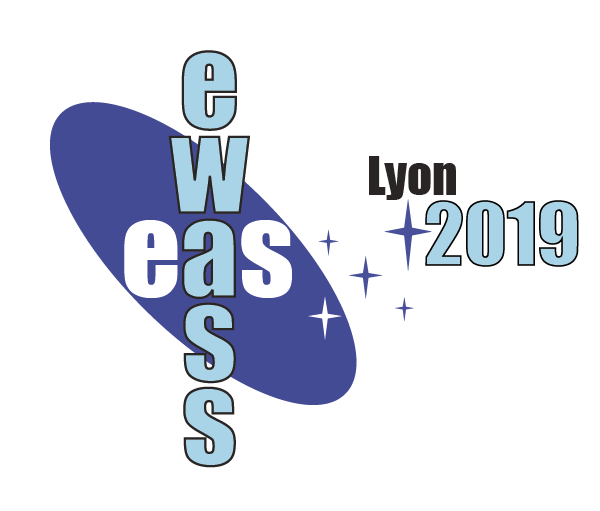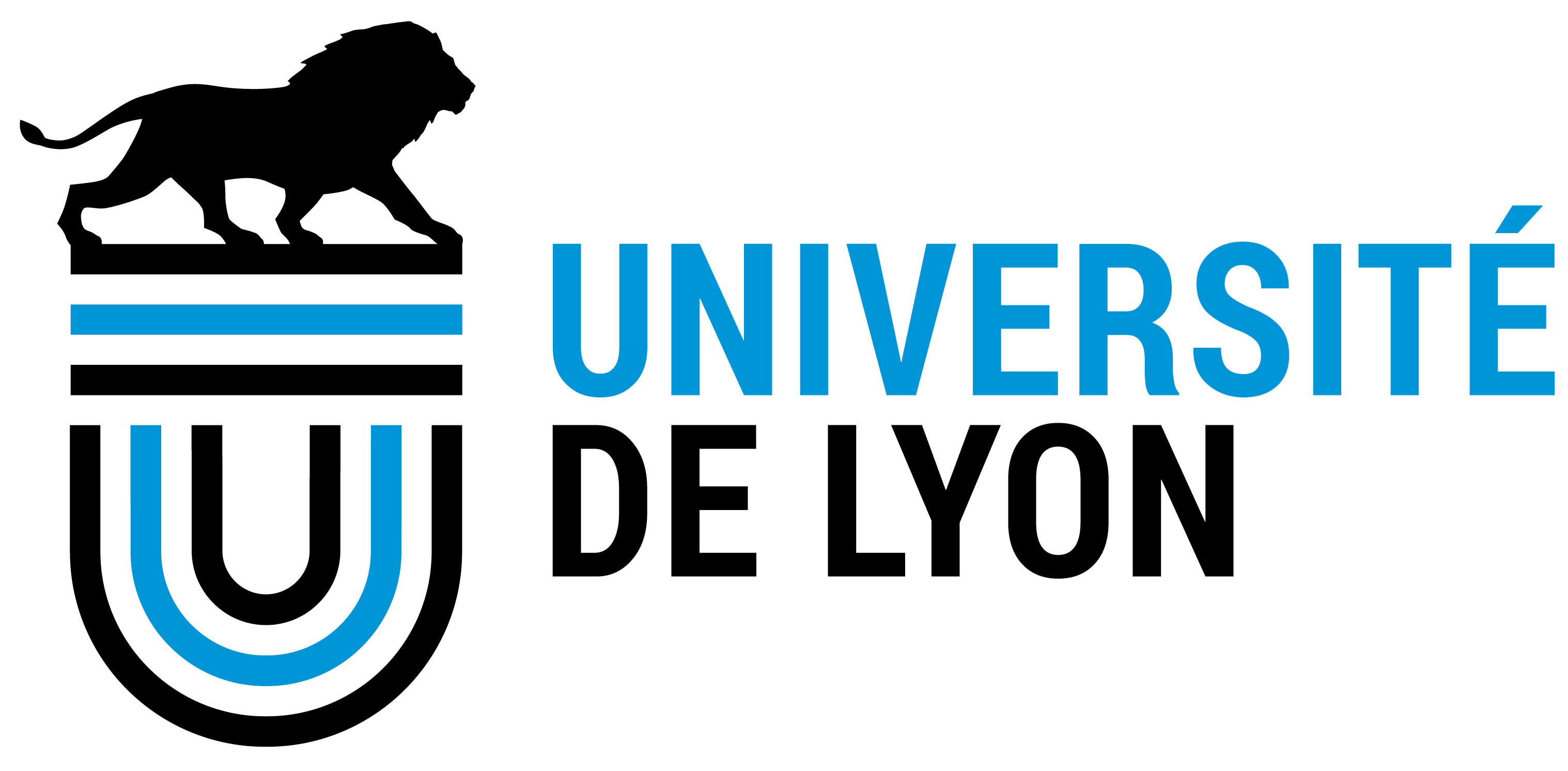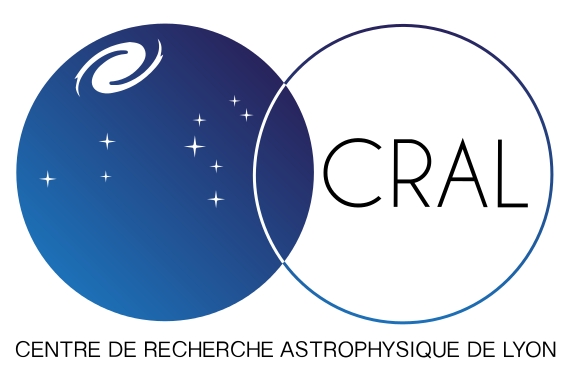Symposium S5
24-25 June 2019
The ALMA view of nearby AGN: lessons learnt and future prospects
Aims and scope
 It is now well established that growing supermassive black holes (SMBHs) play a fundamental role in the evolution of their host galaxies. Feedback from active SMBHs can affect the galaxies interstellar medium in various forms: consuming, heating, sweeping out and/or disrupting the gas available to form new stars. Unfortunately, directly studying the influence of active galactic nuclei (AGN) feedback on galaxy evolution is extremely challenging because of the short timescales of nuclear activity. Therefore, to directly probe the AGN-host galaxy connection we need to look at the structure and kinematics of the parsec-scale gas and dust surrounding the accreting SMBHs.
It is now well established that growing supermassive black holes (SMBHs) play a fundamental role in the evolution of their host galaxies. Feedback from active SMBHs can affect the galaxies interstellar medium in various forms: consuming, heating, sweeping out and/or disrupting the gas available to form new stars. Unfortunately, directly studying the influence of active galactic nuclei (AGN) feedback on galaxy evolution is extremely challenging because of the short timescales of nuclear activity. Therefore, to directly probe the AGN-host galaxy connection we need to look at the structure and kinematics of the parsec-scale gas and dust surrounding the accreting SMBHs.
Our knowledge of the nuclear environment of AGN has increased tremendously since ALMA started scientific operations seven years ago. The combination of angular resolution and sensitivity provided by ALMA permits to peer into the central region of nearby AGN and, for the first time, obtain images of the parsec-scale dusty torus. Thanks to ALMA we also have advanced in our understanding of the gas flow cycle, in particular how the molecular gas reservoirs of the galaxies (100-200 parsecs) are connected with the torus and AGN central engine (gas inflows) and how the nuclear material is ejected outwards (gas outflows).
The aim of this symposium is to bring together researchers who have published ALMA observations of nearby AGN to put all the results in common for the first time. More than 20 local AGN have been already studied in the sub-mm regime with ALMA and papers on the individual objects have been published. Now that several AGN have been observed with the required resolution it is time to discuss all the results together and try to understand how the gas flow cycle works in active galaxies, how the inflowing material from the molecular gas reservoirs is connected with the torus and the central engine and which are the properties of the tori.
Regarding the torus properties, is particularly relevant to confront the ALMA results in the sub-mm regime with those from mid-infrared interferometry, i.e. cold vs warm gas on the same spatial scales. Feeding/feedback simulations are also fundamental to fully understand the complexity of the ALMA results.
Image credits: ESO/A. Alonso-Herrero et al.; ALMA (ESO/NAOJ/NRAO).
Programme
- Review talks (25+5 min)
- Targetted talks (17+3 min)
- Contributed talks (12+3 min)
- e-Posters (2-3 min)
Invited speakers
- Almudena Alonso Herrero
- Susanne Aalto
- Loreto Barcos Mu�oz
- Francoise Combes
- Santiago Garc�a Burillo
- Sebastian H�nig
- Violette Impellizzeri
- Takuma Izumi
- Filippo Maccagni
- Raffaella Morganti
- Ezequiel Treister
- Serena Viti
- Alexander Wagner
- David J. Williamson
Scientific organisers
- Claudia Cicone (INAF - Osservatorio Astronomico di Brera, Italy)
- Francoise Combes (Observatoire de Paris, France)
- Santiago Garc�a Burillo - co-chair (Observatorio Astron�mico Nacional, Spain)
- Sebastian H�nig (University of Southampton, UK)
- Takuma Izumi (National Astronomical Observatory of Japan, Japan)
- Cristina Ramos Almeida - co-chair (Instituto de Astrofisica de Canarias, Spain)
Contact
Cristina Ramos Almeida, cra @ iac.es, Santiago Garc�a Burillo, s.gburillo @ oan.es
Updated on Fri Feb 08 13:31:48 CET 2019
|

 A power cut will shut down all EAS services on Tuesday, 10 January 2017 starting at 7:30 CET.
A power cut will shut down all EAS services on Tuesday, 10 January 2017 starting at 7:30 CET.





